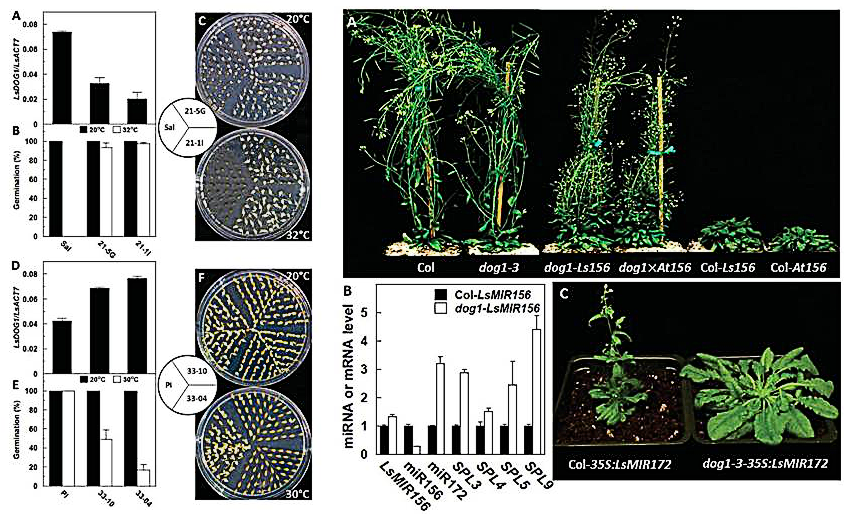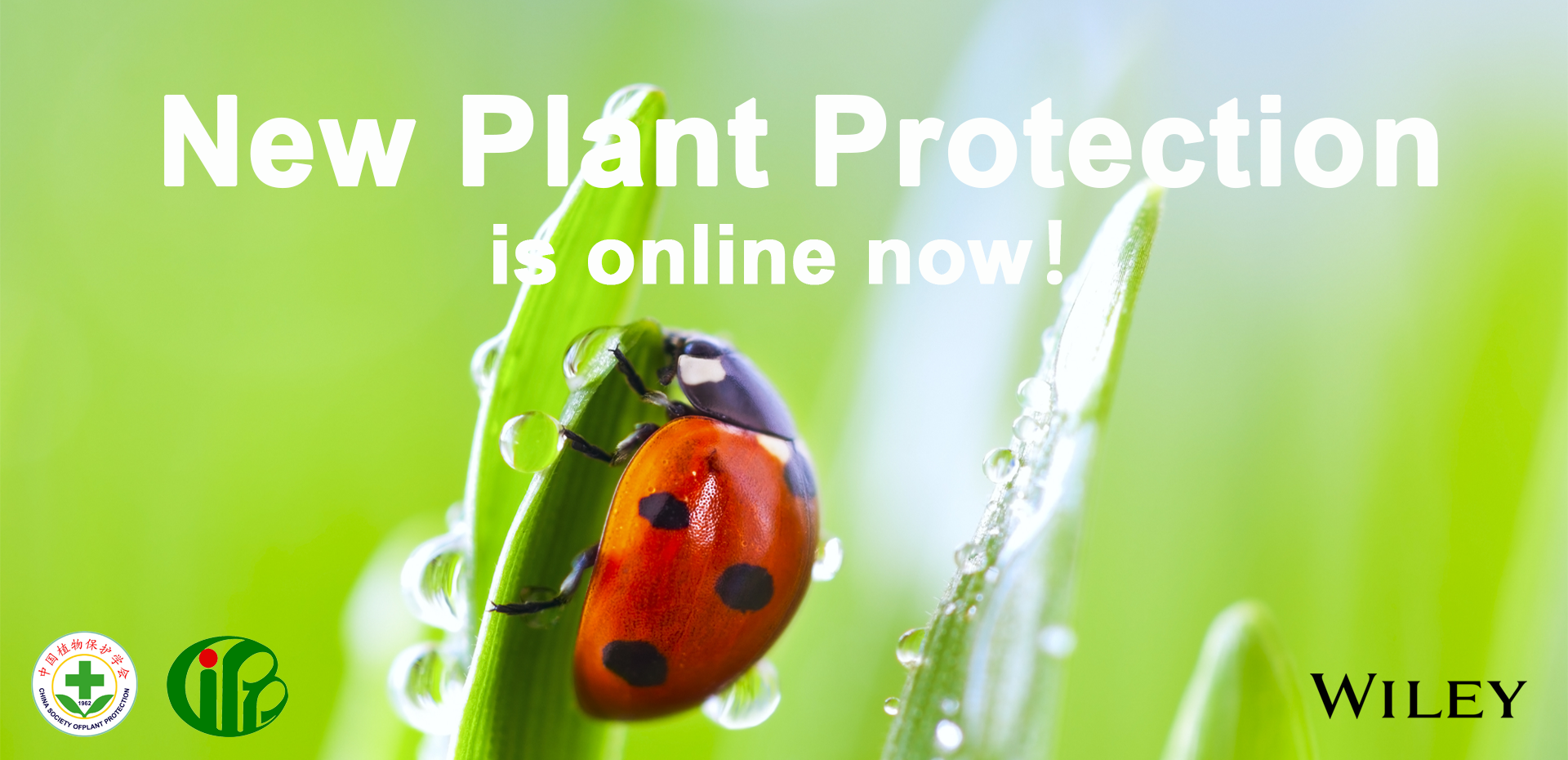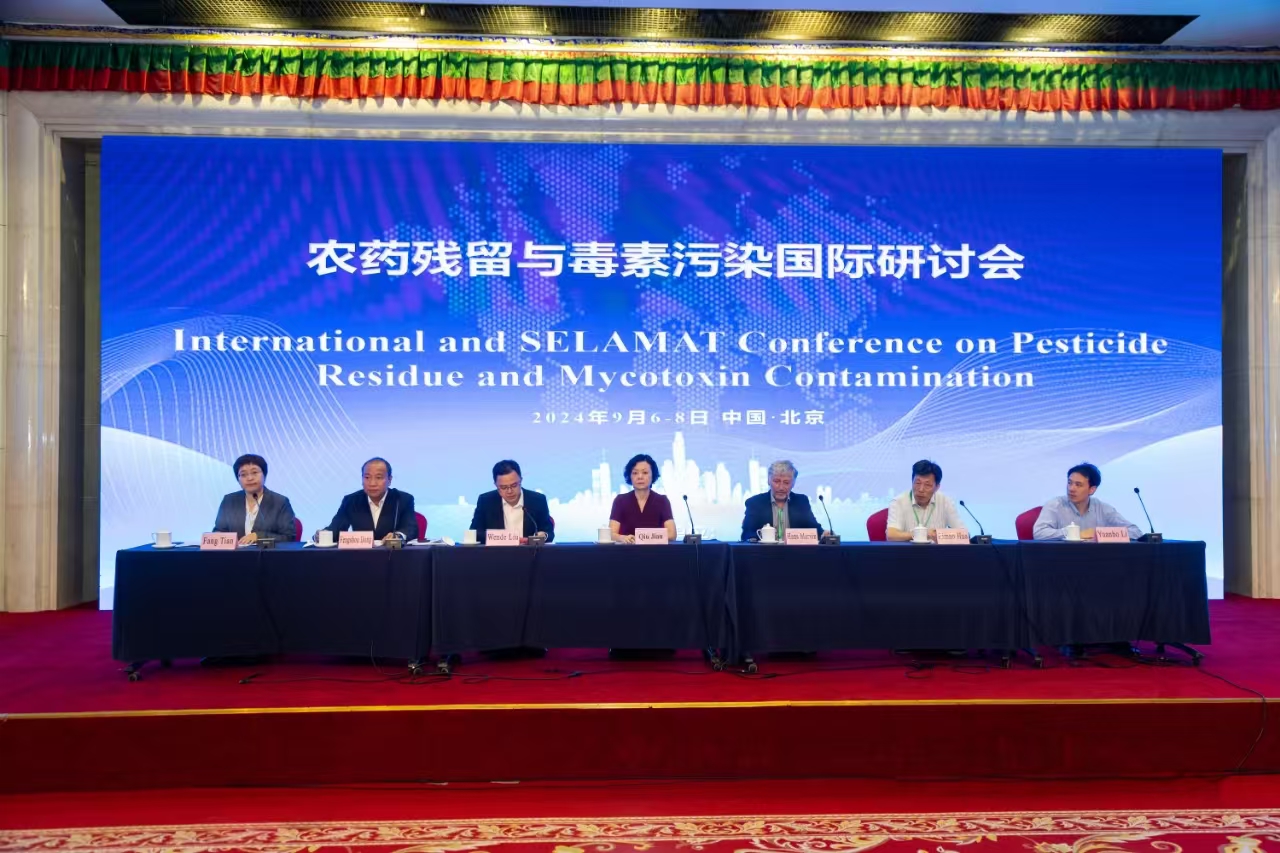Paper with new finding in seed dormancy recommended in F1000 Prime
Annual flowering plants adapt to environments by matching their life cycles, especially seed germination and flowering, to the appropriate seasons. Although genetic evidence has suggested connections among genes regulating seed dormancy and flowering, specific mechanisms for such coordination are unknown. Recently, the researchers from IPPCAAS and UC Davis demonstrated that a gene involved in determining the depth of seed dormancy also influenced the timing of flowering in Arabidopsis and lettuce. The results have been published in the Proceedings of the National Academy of Sciences (PNAS), USA. This paper, titled by “DELAY OF GERMINATION1 (DOG1) regulates both seed dormancy and flowering time through microRNA pathways”, has also been recommended in F1000 Prime as being of special significance for the new finding.

Regulation of seed dormancy and flowering time by DOG1 gene
The DOG1 gene is involved in regulating seed dormancy in response to temperature and has been shown to be a major regulator of seed dormancy in Arabidopsis and other species. Here scientists show that suppression of DOG1 expression in lettuce not only resulted in better germination at high temperatures but also in early flowering. This coincided with reduced levels of miRNA156 and enhanced levels of miRNA172. A similar change in these miRNA levels was observed in the Arabidopsis dog1 mutants, suggesting that DOG1 controls the processing of the miRNA precursors and in this way can affect flowering time. Our results reveal a previously unknown linkage between two critical developmental phase transitions in the plant life cycle through a DOG1-miR156-miR172 interaction, and also provide a molecular genetic mechanism for the coordinate adaptation of seed dormancy and flowering phenotypes to environmental conditions.
This work was supported partly by grants from the National Natural Science Foundation of China (31171867) and China Scholarship Council. For more information, please visit:
http://www.pnas.org/content/113/15/E2199.abstract.
By Shouhui Wei
shwei@ippcaas.cn
-
 China-Laos Training Workshop on Integrated Management of Destructive Crop Pests and Diseases Successfully held in Laos
China-Laos Training Workshop on Integrated Management of Destructive Crop Pests and Diseases Successfully held in Laos -
 New Plant Protection: New challenge and new opportunity for plant protection
New Plant Protection: New challenge and new opportunity for plant protection -
 International and SELAMAT Conference on Pesticide Residue and Mycotoxin Contamination Held in Beijing
International and SELAMAT Conference on Pesticide Residue and Mycotoxin Contamination Held in Beijing -
 CAAS President Meets Chairman of ASEAN FAW Taskforce
CAAS President Meets Chairman of ASEAN FAW Taskforce
